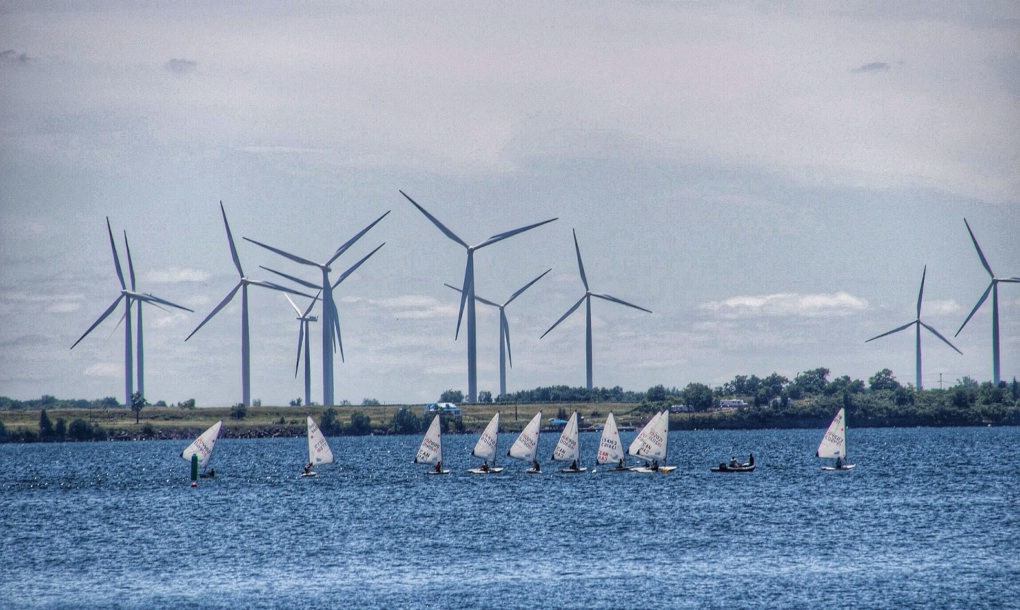RECOMMENDED VIDEOS

AeroFix - PV Mounting System Challenge
IBC Solar Teknik Sdn Bhd

Micro Hydro Generator
Greenbug Energy Inc.

Ningbo Sun Rise Exact Industrial : Manufacturing Full Range…
Ningbo Sun Rise Exact Industrial Co.,Ltd.

Capstone Turbine - Innovation in Clean and Green Energy
Capstone Turbine Corporation

Biomass Lisbjerg Power Plant
Burmeister & Wain Energy A/S
Related Stories
The largest solar farm apiary in the US opens this week
The City of London will be powered with 100% renewable energy by October 2018
New study suggests that plastic waste may be transformed into usable energy
Uravu’s zero-electricity Aqua Panels produce gallons of water from thin air
104% of Portugal’s electricity consumption in March came from renewable energy
24 Oct, 2016

Wind power could supply 20% of global electricity by 2030
Renewable Energy & Energy Efficiency | CHINA | 24 Oct, 2016
Published by : Eco Media Asia
Although solar power gets more press, the wind power industry is growing nearly as fast. The (GWEC) released an historic report Tuesday in Beijing, saying 20 percent of the world’s total electricity could come from wind by as early as 2030. With last year’s Paris climate deal as a strong motivating factor, the group predicts the world’s total wind power capacity could grow by nearly five times over the next 14 years, reaching as much as 2,110 gigawatts (GW) by 2030.
The GWEC report outlines that, although not cheap, the long-term benefits of wind power infrastructure will begin paying off immediately. The GWEC estimates an annual investment of $224 billion would be required globally in order to grow the wind power industry to its potential capacity. Meanwhile, 2,110GW of clean, renewable wind energy would reduce carbon dioxide emissions by 3.6 billion tons each year.
China has been an unlikely leader in the wind power industry, boosting its capacity by 17 percent last year over 2014 figures for a total of 433GW. Chinese leaders still plan to add 60GW before the end of this year. Despite the increased capacity, China is still struggling to create ways to utilize that renewable energy efficiently. In July, China’s energy regulator said 21 percent of all wind-generated electricity was wasted in the first half of this year, due in large part to new coal-fired power plants which make it more difficult for wind power to reach the grid. Chinese leaders did pledge earlier in the year to shutter 1,000 coal mines, which many took as a sign of the beginning of the end of fossil fuel use there, but the battle between coal and wind rages on.

China, and many other places on the planet, will have to improve their grid infrastructure in order to take full advantage of plentiful wind energy. The energy regulator said that more than 40 percent of the wasted power occurred in regions of China that are already underserved by the grid, clearly illustrating how the failure is on the part of the infrastructure and not the nearly infinite potential of renewable energy. While government leaders can work to reduce reliance on fossil fuels in finite supply, they must also work to improve the infrastructure that allows residents to reap the benefits of the wind.
Article by Cat DiStasio at inhabitat.com
Read more articles at inhabitat.com
